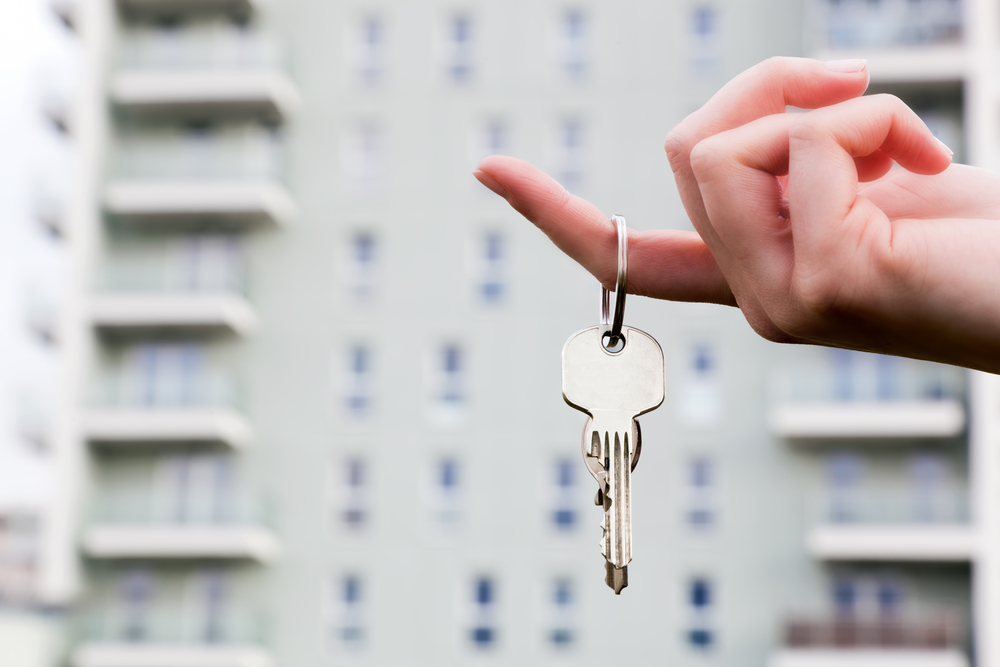Build Green & Save
Fannie Mae and FHA Multifamily
Fannie Mae and FHA have made green multifamily housing financing more attainable. Sustainable features will now be a deciding factor in underwriting and interest rate calculations. Three new programs offer rate incentives for new construction and renovations. The financing options come on the heels of several reports that highlight the mutually beneficial relationship between sustainability […]

